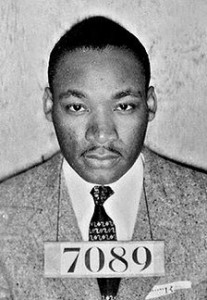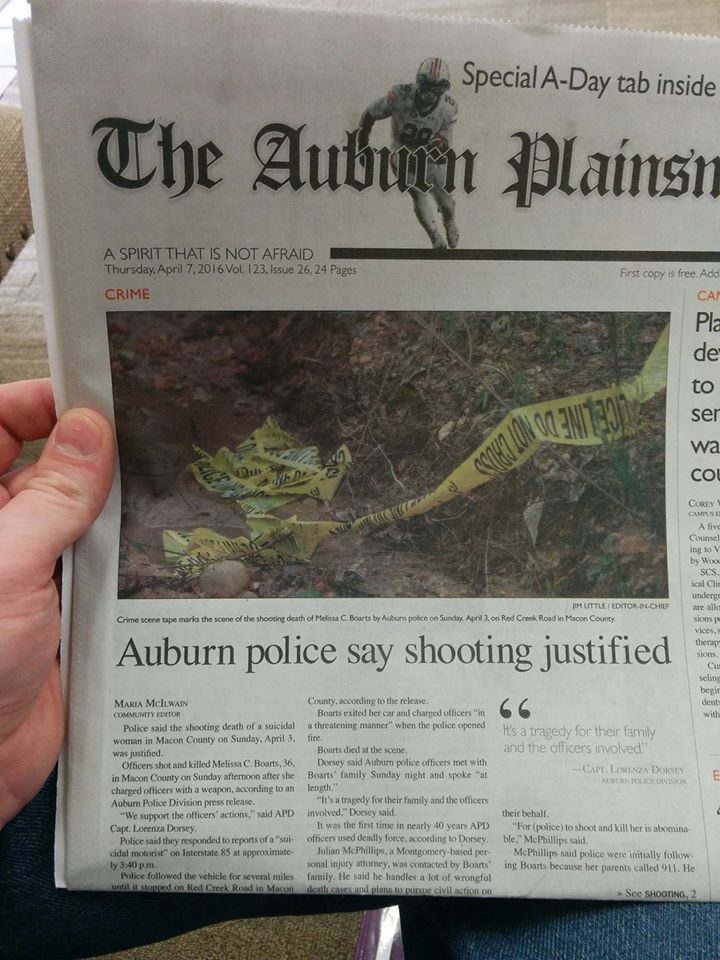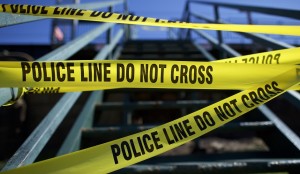Kevin Carson, The Desktop Regulatory State
So I’m happy to announce that brand-new print copies of Kevin Carson’s recently-released fourth book, The Desktop Regulatory State (2016) are now available for purchase from the Distro of the Libertarian Left, hot off the presses and part of the Bookshelf of the Libertarian Left trade-paperback book series. Check it out; here’s a bit about the book:
The Desktop Regulatory State: The Countervailing Power of Individuals and Networks
Kevin A. Carson, 2016.
Defenders of the modern state often claim that it's needed to protect us — from terrorists, invaders, bullies, and rapacious corporations. Economist John Kenneth Galbraith, for instance, famously argued that the state was a source of "countervailing power" that kept other social institutions in check. But what if those "countervailing" institution — corporations, government agencies and domesticated labor unions — in practice collude more than they "countervail" each other? And what if network communications technology and digital platforms now enable us to take on all those dinosaur hierarchies as equals — and more than equals. In The Desktop Regulatory State, Kevin Carson shows how the power of self-regulation, which people engaged in social cooperation have always possessed, has been amplified and intensifed by changes in consciousness — as people have become aware of their own power and of their ability to care for themselves without the state — and in technology — especially information technology. Drawing as usual on a wide array of insights from diverse disciplines, Carson paints an inspiring, challenging, and optimistic portrait of a humane future without the state, and points provocatively toward the steps we need to take in order to achieve it. [Read more]
Kevin A. Carson is a contemporary mutualist author and a prolific writer on subjects including free-market anti-capitalism, the individualist anarchist tradition, grassroots technology and radical unionism. He is the author of "The Iron Fist Behind the Invisible Hand", Studies in Mutualist Political Economy, Organization Theory: A Libertarian Perspective, The Homebrew Industrial Revolution, and The Desktop Regulatory State. He keeps a blog at mutualist.blogspot.com and frequently publishes short columns and longer research reports for the Center for a Stateless Society (c4ss.org).






